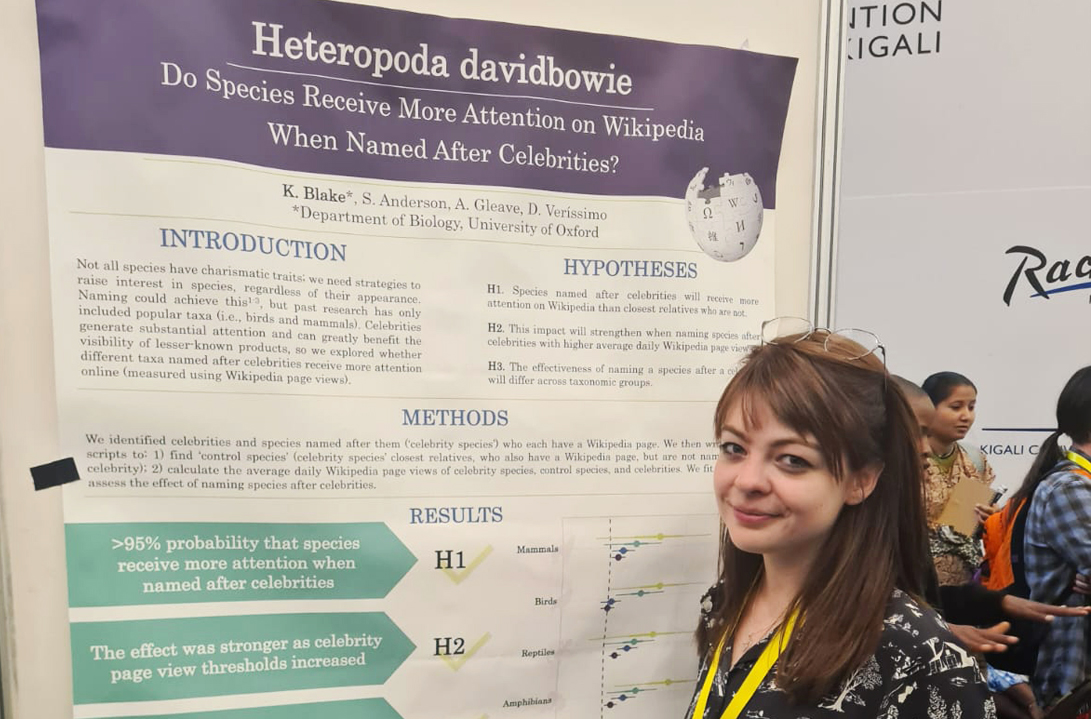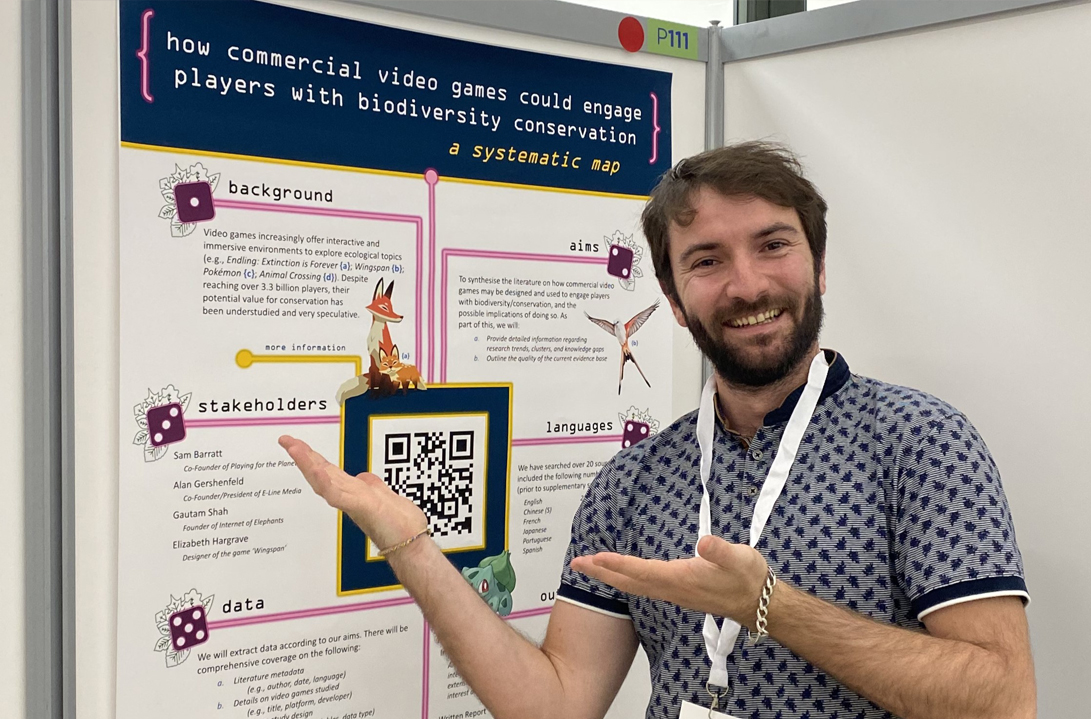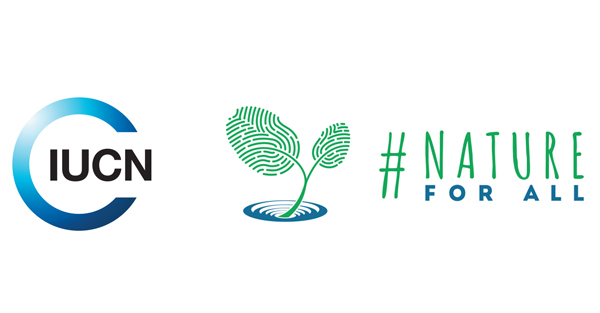Due to their global audience of over 3.3 billion players, there have been suggestions to use video games for conservation outreach. However, the reach of wildlife media does not portray its impact. This PhD project explores how mainstream video games are used to engage players with biodiversity, and provides evidence-based documentation on the design and effectiveness of those developed for this purpose.
CONSERVATION CONTEXT
Digital technologies increasingly mediate or promote human-nonhuman interactions. Conservationists must respond to how audiences most commonly encounter natural phenomena when aiming to inspire its protection. As interactive and immersive environments, mainstream video games could use their rich audio-visual experiences and in-depth storytelling to raise players’ awareness about threats facing species, encourage pro-environmental behaviours, or attract support for fundraising campaigns. Yet the potential value of this media type for conservation efforts remains understudied and largely speculative.
This project aims to generate robust novel insights with informative and practical impact for those interested in conservation outreach. It also aspires to encourage more cross-sector partnerships. The hope is that by merging the diverse expertise and skillsets of game developers and conservationists, video games can successfully engage audiences with messages that are transformative.

Katie presenting research on the impact of naming species after celebrities at ICCB 2023, Kigali.

Co-author Ugo Arbieu presenting the systematic map at ECCB 2024, Bologna.
APPROACH
This project spans three chapters – firstly leading the first systematic map on use of mainstream video games to engage players with biodiversity conservation, covering literature written in English, Chinese (Simplified), French, Japanese, Portuguese, and Spanish. To advance industry knowledge, this will be complemented by a freely accessible database where users can search for all relevant literature based on a selection of criteria. The purpose of this chapter is to consolidate a currently disparate evidence base, highlighting the trends, strengths, and gaps in the literature.
Secondly, developers of successful conservation-focused games will be interviewed, sampled from AAA to indie studios across the Global North and South. A balance between entertainment and advocacy must be struck when engaging players with environmental causes, so developers’ motivations, decisions, goals, and observed outcomes will be recorded. These findings will be particularly insightful given that the current evidence base pays little attention to the development process.
Finally, experimental research will be conducted on how these games influence players’ disposition, knowledge, concern, and donation behaviours related to species and conservation efforts. This research fully responds to the limitations and recommendations of relevant literature (e.g., measuring actual behaviours, including a control group, collecting qualitative and quantitative data, and having an appropriate sample size). The overall goal of this chapter is to more confidently determine the impact of video games for conservation outreach.
PROJECT MEMBERS
This PhD project is led by Katie Blake, supervised by Dr. Diogo Veríssimo and Dr. Paul Johnson.
PROJECT PARTNERS
This research has received funding from EPSRC (UKRI) and the IUCN movement #NatureForAll.
KEY PUBLICATIONS
Impact on species’ online attention when named after celebrities
Measuring the effectiveness of value-framing and message valence on audience engagement across countries
Impact on species’ online attention when named after celebrities
Celebrities can generate substantial attention and influence public interest in species. Using a large-scale examination of publicly available data, we assessed whether species across 6 taxonomic groups received more page views on Wikipedia when the species was named after a celebrity than when it was not. We conducted our analysis for 4 increasingly strict thresholds of how many average daily Wikipedia page views a celebrity had (1, 10, 100, or 1000 views). Overall, we found a high probability (0.96–0.98) that species named after celebrities had more page views than their closest relatives that were not named after celebrities, irrespective of the celebrity threshold. The multiplicative effect on species’ page views was larger but more uncertain as celebrity page-view thresholds increased. The range for thresholds of 1 to 1000 was 1.08 (95% credible interval [CI] 1.00–1.18) to 1.76 (95% CI 0.96–2.80), respectively. The hierarchical estimates for the taxa tended to be positive. The strongest effects were for invertebrates, followed by amphibians, reptiles, fish, and mammals, whereas the weakest effect was for birds at lower page-view thresholds. Our results suggest that naming species after celebrities could be particularly significant for those belonging to taxonomic groups that are generally less popular than others (e.g., invertebrates). Celebrities may further influence the effectiveness of this marketing strategy, depending on their likability and connection to the species named after them. Eponyms may serve as a reminder of the disproportionate power dynamics between populations and some namesakes’ untenable actions. However, they also provide an opportunity to recognize remarkable individuals and promote equity, inclusivity, and diversity in taxonomic practice. We encourage taxonomists to examine whether naming threatened species after celebrities could affect conservation support, especially for species that are otherwise typically overlooked by the public.
Measuring the effectiveness of value-framing and message valence on audience engagement across countries
Changing public behaviour is an essential step for successful conservation, and can be achieved through effective use of message framing. However, its use in the conservation sector is not well-studied. We first performed a content analysis to assess what types of framing styles environmental non-governmental organisations (ENGOs) often employ for their social media posts. We then ran a real-world online fundraising campaign to examine the influence of value-framing (‘Intrinsic’ and ‘Extrinsic’) and message valence (‘Positive’ and ‘Negative’) on audience engagement with the advertisements, across five countries. Altogether, ENGOs generally used ‘Positive’ framing for their posts significantly more often than ‘Negative’, but did not use one type of value-framing more than the other. For the fundraising campaign, there were significant differences between countries’ engagement with the advertisements. However, click-through rates did not significantly differ when using types of value-framing nor message valence, and no donations were received to support the campaign. These results may show that message valence and value-framing alone have little influence on audience engagement, if any, at least in the context of social media. To enhance campaign success for the future, it is recommended that conservationists offer concrete information regarding fundraising outcomes, and activate social norms.

